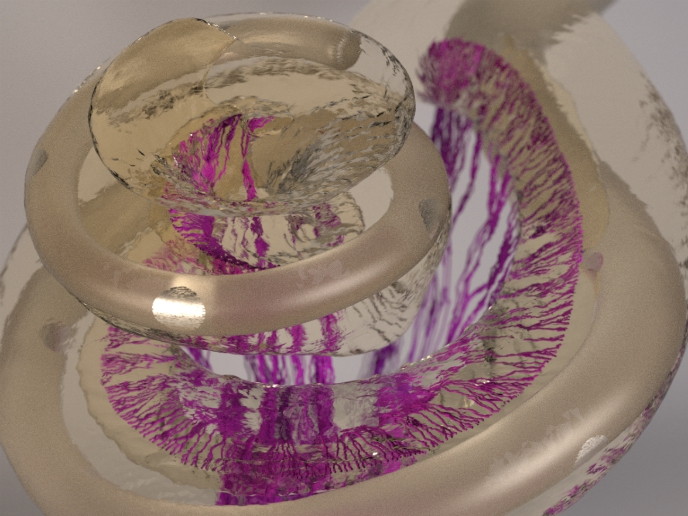Networks for flexible, transparent electronic devices
Carbon nanotubes (CNTs) are, as their name suggests, hollow cylinders with nano-scale diameters (scale of single atoms and molecules) formed from carbon. They have unique properties that make them particularly attractive to the electronics industry. These include very high strength and conductivity and the ability to pack it all into a very small space. CNTs form networks that can be transparent. In addition, the networks are flexible making it possible to employ them on plastic substrates. Transparent, conductive CNT networks are in their infancy and performance is below expectation in large part due to non-homogeneous tube types in the same sample, impurities, defective tubes and interconnection problems. European scientists sought to explore control of macroscopic organisation of CNTs to realise enhanced performance and tunability with EU support of the ‘Carbon nanotube networks for electronics applications’ (Cannela) project. The first reporting period focused on development of CNT alignment methods and effects of various configurations on both performance (conductivity) and transparency. Scientists exploited liquid crystal (LC)-induced alignment of CNTs. In particular, they chose conductive LCs of discotic morphology. LCs are transparent and thus do not interfere with the goal of optical transparency. Conduction enables connection of any possible gaps between tubes with conductive paths formed by the liquid crystals themselves. Finally, discotic LCs, as their name suggests, being disc-shaped can form stacks yielding columns along which electrical current can flow while influencing the orientation of single-walled (SW) CNT alignment. Thus, the first half of the Cannela project was devoted to the foundations for realisation and control of thin films of organised LC-CNT composites. Fabricated thin films were stable, well organised and optically invisible. Continued work will integrate the LC-CNT thin films into device configurations such as liquid crystal displays (LCDs) for television screens and computer monitors.







